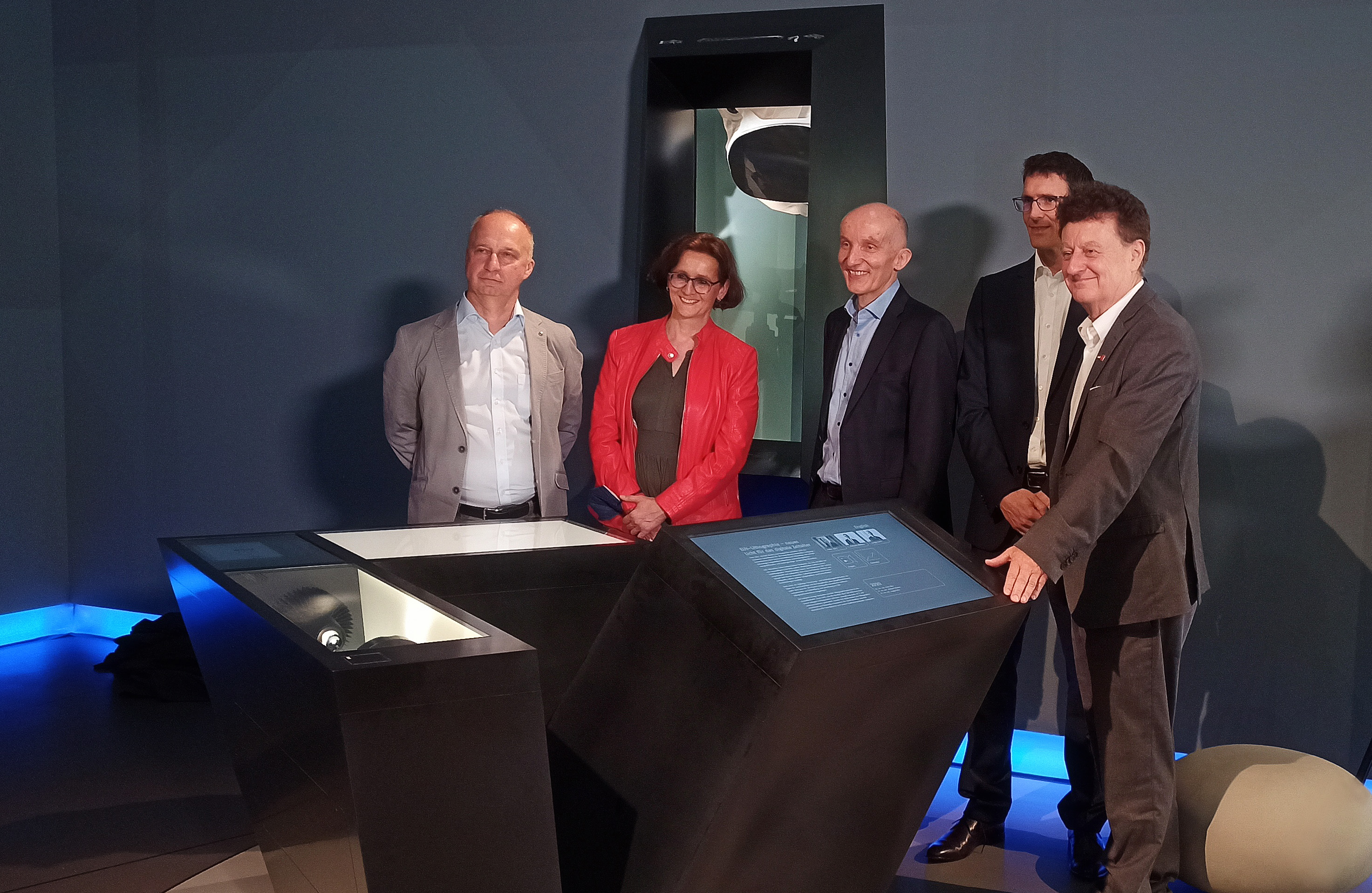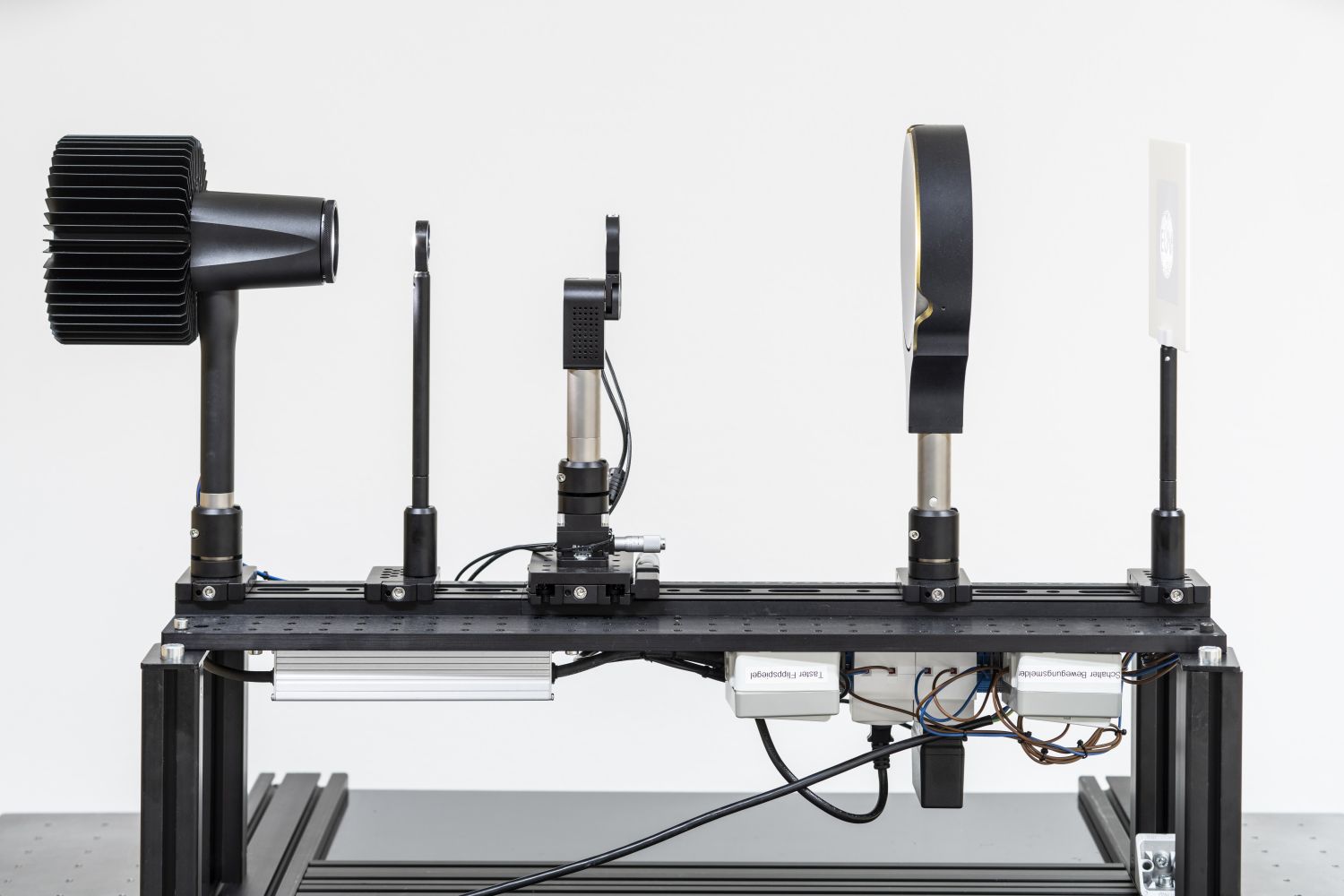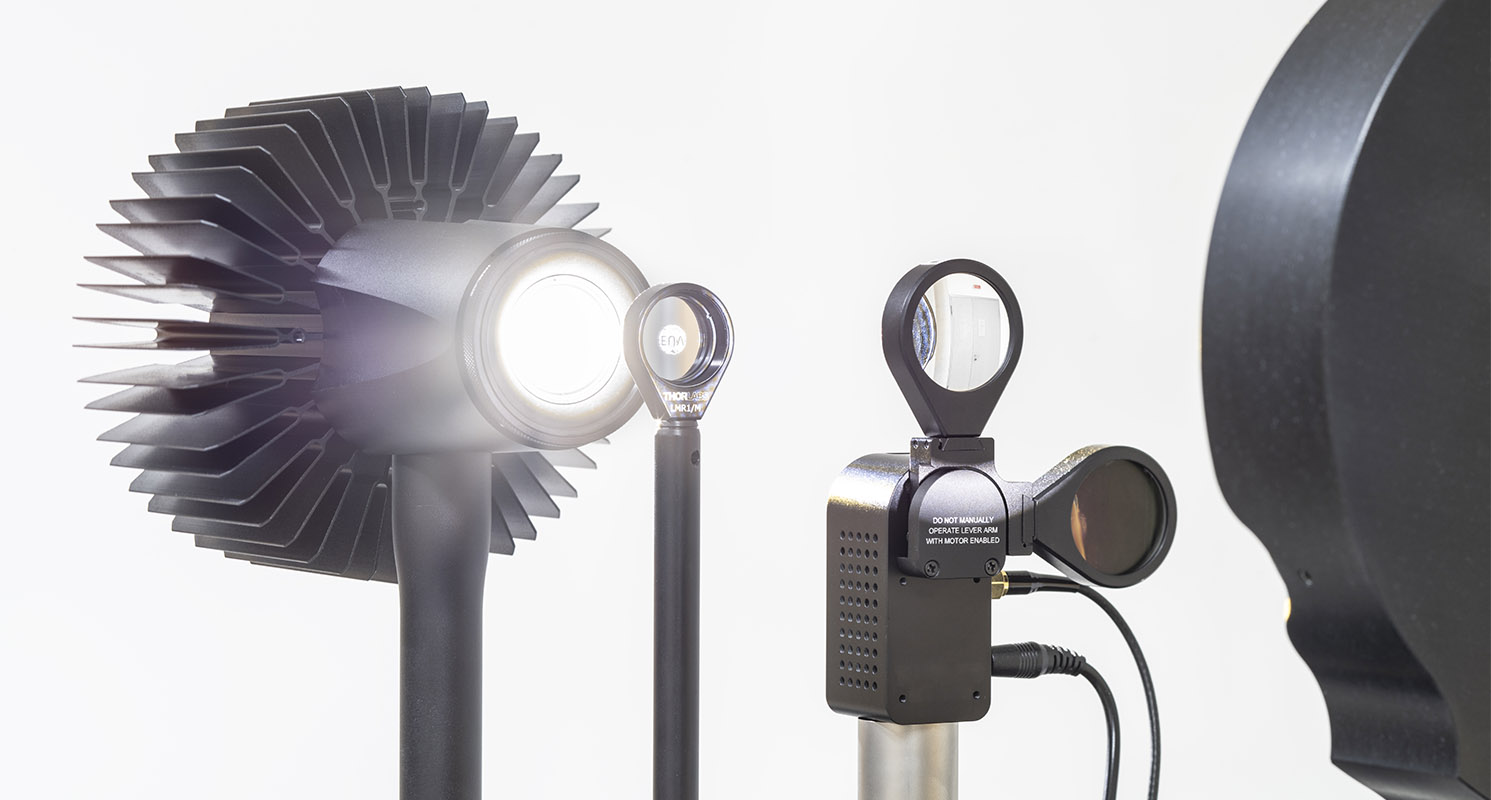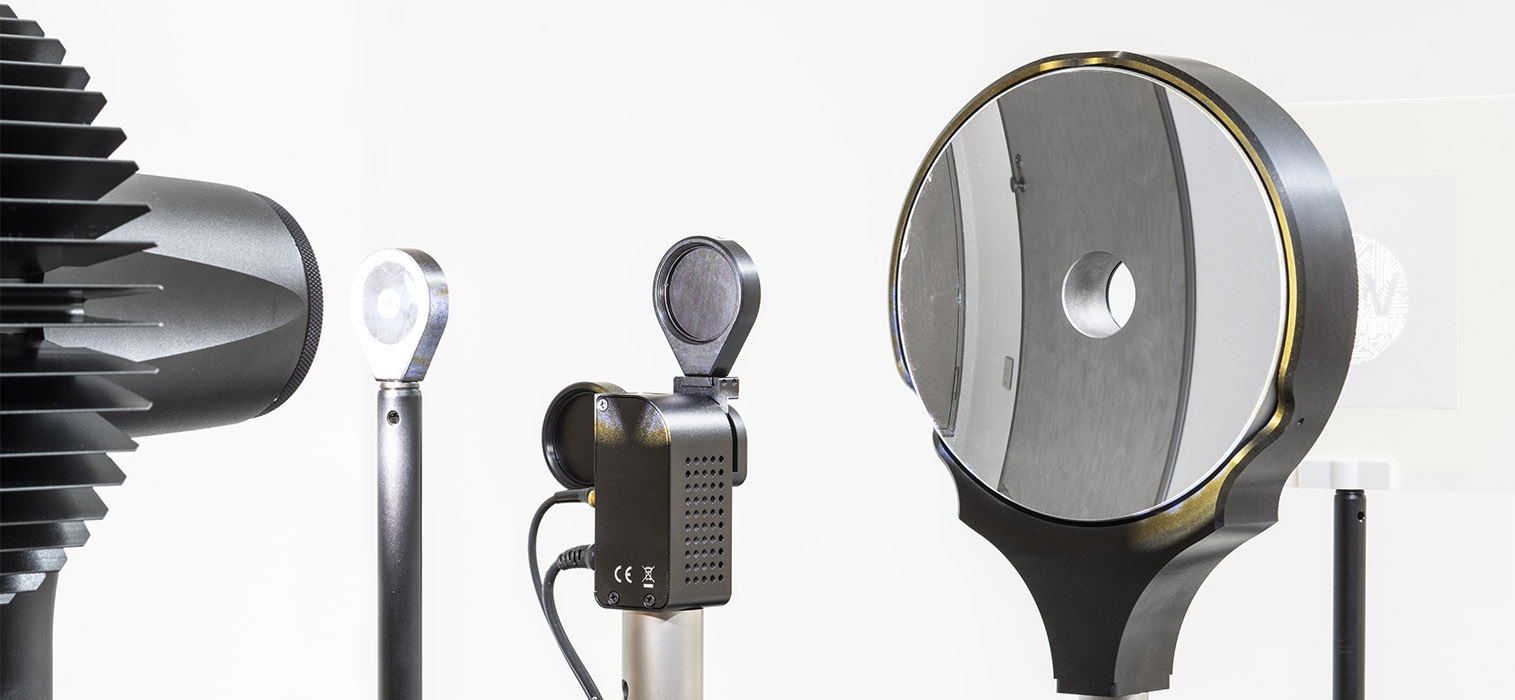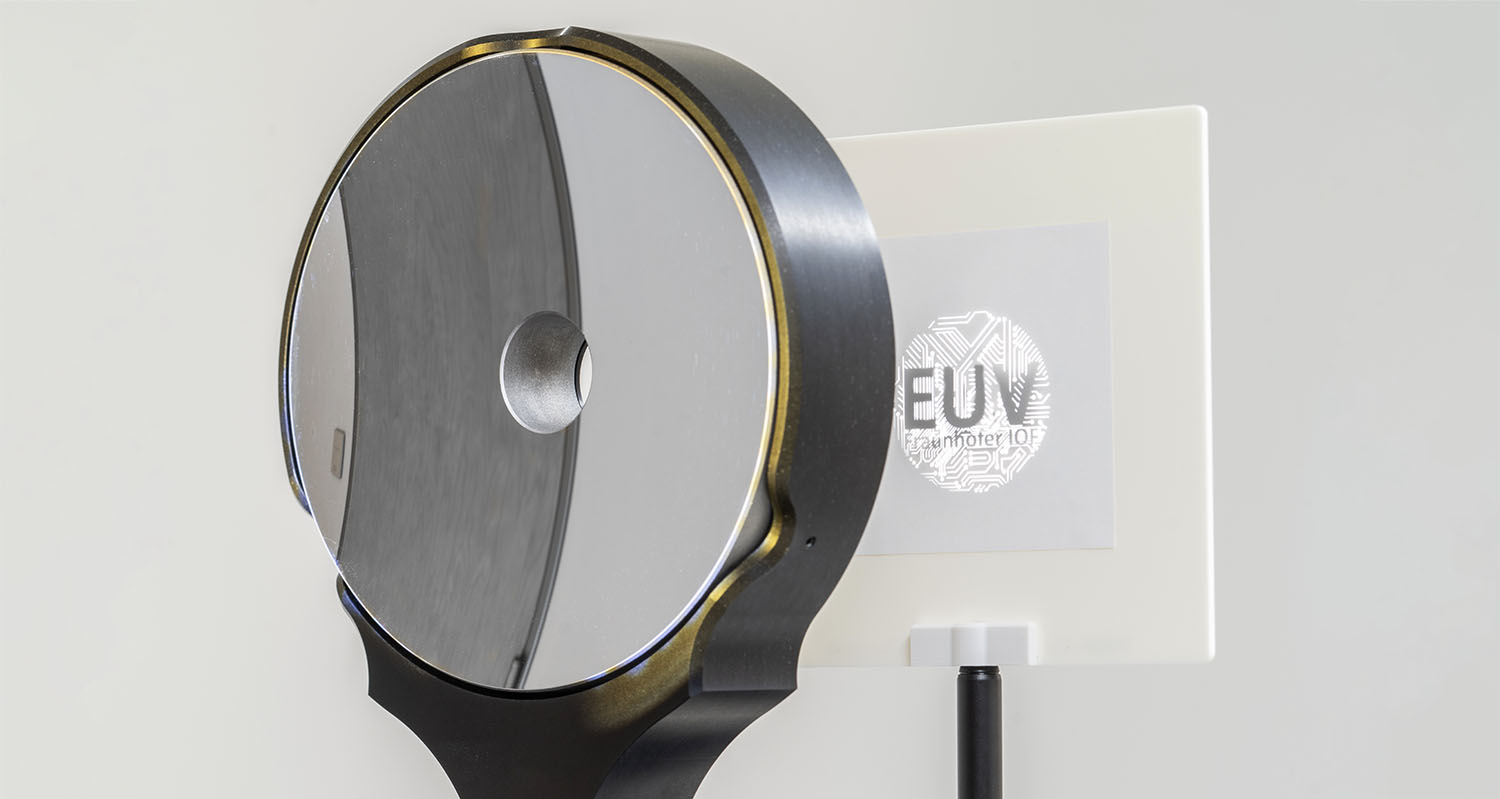EUV lithography enables next-generation microchips
Artificial intelligence, autonomous driving, big data or even virtual reality - all these things are already a reality today. In the future, however, we will encounter them much more frequently - provided that we have even more powerful microchips than before. Such chips can be manufactured with the aid of so-called EUV lithography. The chips are more powerful because the use of EUV light allows significantly more integrated circuits to be accommodated on them for the same size.
The production of such fine structures is possible with the aid of very short-wave light – namely, extreme ultraviolet light, or EUV for short – in a photolithography process. With the aid of lithography, the structures for electronic components are transferred to a silicon wafer in a multi-stage projection process, from which the actual microchip is later created. The smaller the wavelength used in the lithography process, the smaller the structures that can be produced on the chips. A complex process is required for chip production with EUV light: In addition to a powerful plasma light source and extremely precise mirror optics, highly reflective coatings are required for the manufacturing process.
After more than 25 years of research and development work, a team of researchers from ZEISS, TRUMPF and Fraunhofer IOF has succeeded in developing the most important key components for the first EUV lithography system in the form of mirror optics, mirror coating and a laser for the light source. For this achievement, Dr. Peter Kürz (ZEISS), Dr. Michael Kösters (TRUMPF) and Dr. Sergiy Yulin (Fraunhofer IOF) were awarded the German Future Prize in 2020, presented by German Federal President Frank-Walter Steinmeier.
